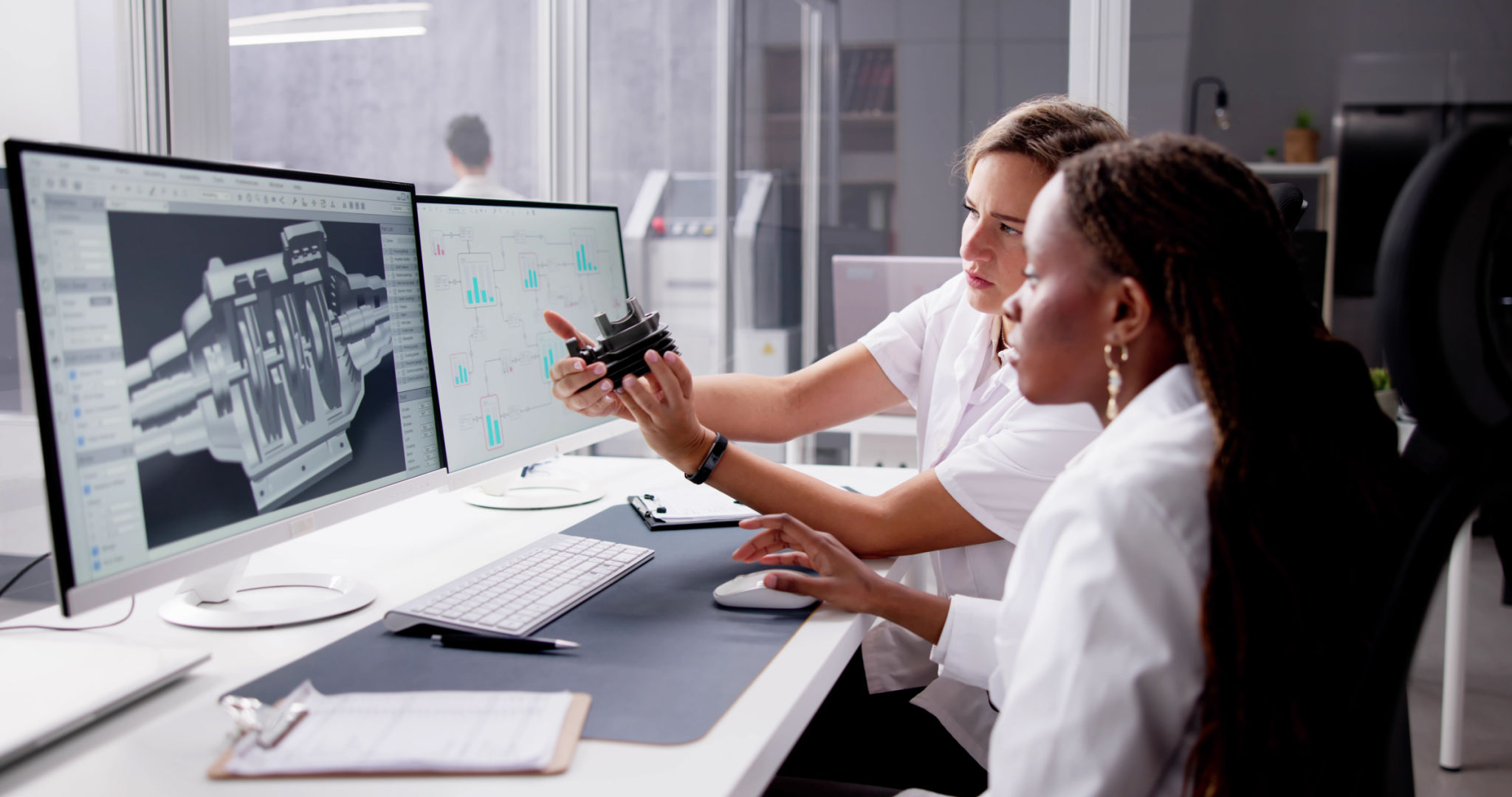A Comprehensive Guide to Engineering Design: From Concept to Completion
Understanding Engineering Design
Engineering design is a systematic and iterative process used to develop solutions that meet specific needs. From consumer products to large-scale infrastructure, engineering design plays a crucial role in shaping the world around us. It involves creativity, technical knowledge, and a deep understanding of the problem at hand.

The Initial Phase: Conceptualization
The journey from concept to completion begins with the conceptualization phase. This stage involves brainstorming and generating ideas that could potentially solve the identified problem. Engineers and designers work together to explore various possibilities, often using tools like mind maps and sketches to visualize concepts.
During this phase, it’s essential to consider factors such as feasibility, cost, and potential impact. A thorough analysis helps in narrowing down the options to a few viable solutions. At this point, the goal is to develop a clear and concise project brief that outlines the objectives and constraints.
Design and Development
Once a concept is chosen, the design and development phase begins. This stage involves creating detailed designs and models, often using computer-aided design (CAD) software. Engineers must ensure that their designs adhere to safety standards and are optimized for performance.

Prototyping is an integral part of this phase, allowing engineers to test and refine their designs. By building prototypes, teams can identify potential issues and make necessary adjustments before moving forward. This trial-and-error process is crucial for developing a robust final product.
Testing and Evaluation
After the design is finalized, it undergoes rigorous testing and evaluation. This stage ensures that the product functions as intended and meets all specified requirements. Engineers conduct various tests to assess performance, durability, and safety.
Feedback from testing is invaluable, as it provides insights into areas that may need improvement. Engineers use this information to make further refinements, ensuring that the final product is of the highest quality.

Implementation and Production
With a thoroughly tested design, the next step is implementation and production. This phase involves scaling up from prototypes to full-scale production. It requires careful planning and coordination to ensure efficient manufacturing processes.
Engineers work closely with production teams to oversee the manufacturing process, ensuring that quality control standards are maintained. This phase also involves setting up supply chains and logistics to deliver the product to market efficiently.
Completion and Review
The final stage in the engineering design process is completion and review. Once the product reaches the market, it’s essential to gather feedback from users to evaluate its performance in real-world conditions. This information can guide future improvements or innovations.

Throughout the entire process, documentation is crucial. Keeping detailed records of each phase helps in tracking progress and provides valuable insights for future projects. Engineering design is an iterative journey that relies on continuous learning and adaptation.